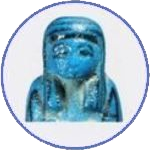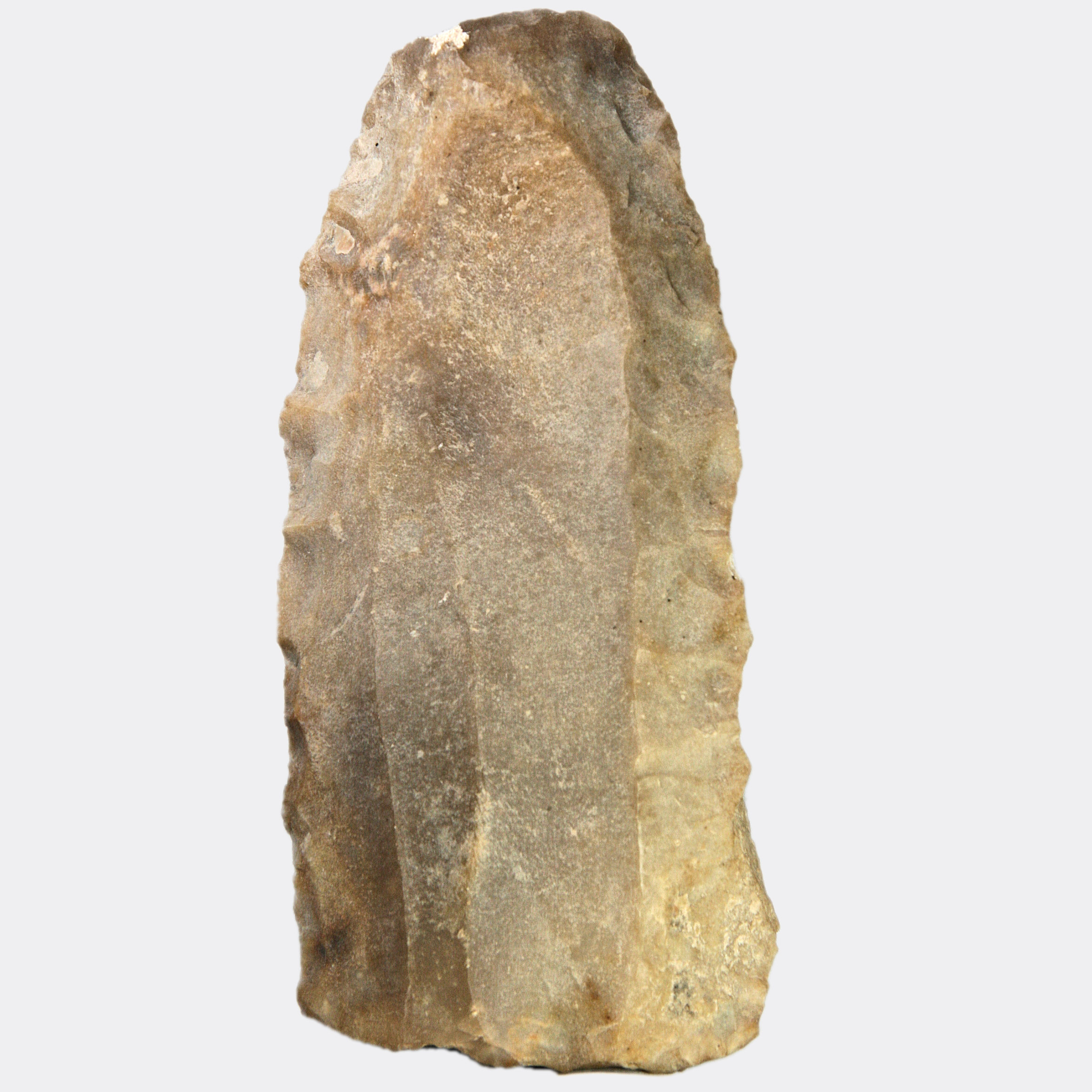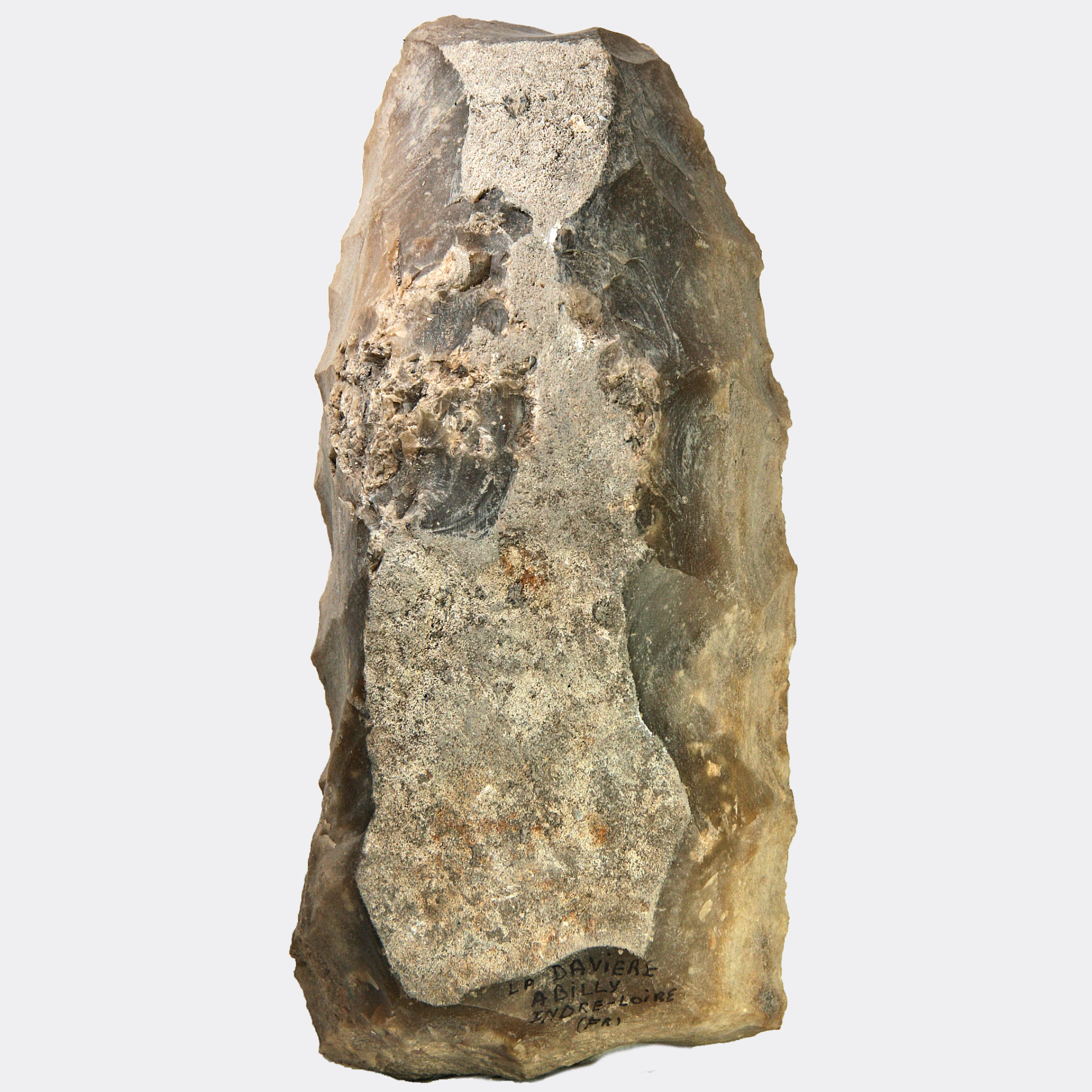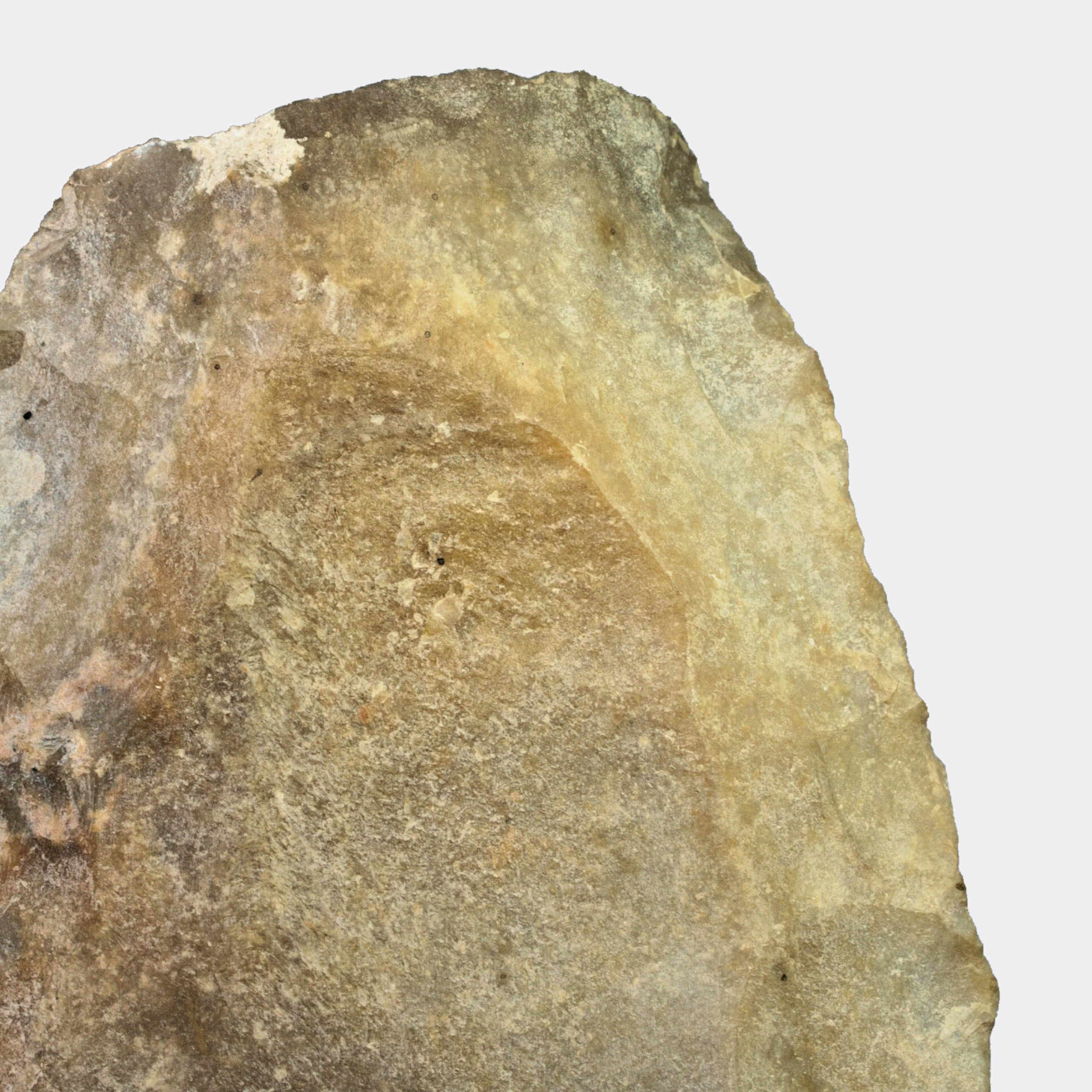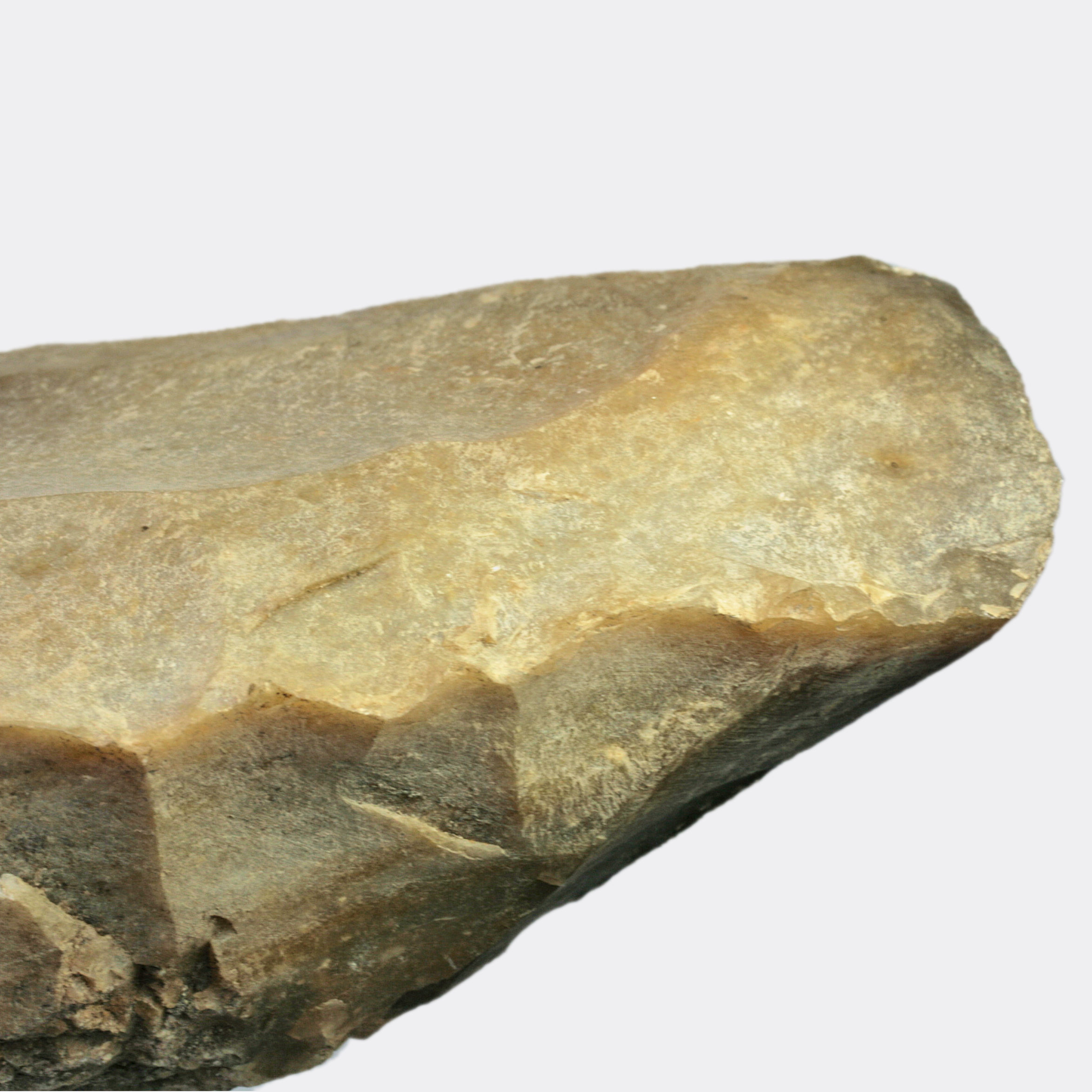Recent Reviews
Highly Recommended
It is the second time I have bought from Helios Gallery and I do it with complete trust and delight for their service. Antiquities of quality and for different pocket sizes and they are always knowledgeable and happy to reply to answer queries. Very happy with the last addition to my collection
Recent Reviews
Bronze votive figurine of Osiris
I bought a really lovely figurine and I am delighted! I spoke to Rolph and he is a very nice chap, and the figurine arrived two days later. I have bought from Helios Gallery before, after reading glowing reports about them, and have always loved my purchases. Thank you so much.
Recent Reviews
Excellent Experience!
This was my first time purchasing from this vendor and I couldn’t be happier. Once I placed my order, they personally emailed me thanking me and ensured it would be shipped out the next day. One week later, across the Atlantic – I received my piece. It was securely packed and handled with care. I look forward to supporting this vendor in the future!
Recent Reviews
Terracotta figurine of Harpocrates
It’s already the second purchase I’ve made from Helios Gallery and for the second time I am satisfied. Rolf is kind and available to resolve any doubts quickly and professionally. I highly recommend helios gallery to everyone who loves history and antiquities!
Recent Reviews
Geometric oinochoe
This is my second purchase from Helios. Very happy with the pitcher- just as described in the website. A nice example of italo-geometric pottery. Well packaged as was the previous item. Fast dispatch. Altogether, very satisfied with this purchase. I am sure to return to this seller. Thank you.
Recent Reviews
Helios - excellent collection of items to buy & excellent customer service
I have just purchased my ninth item from Helios and will continue to make this company my first choice when I want to buy an antiquity. I always feel confident that whatever I decide to buy is authentic and fairly priced, and the service provided to customers is excellent. Thank you Rolf and Sam
Greek | Roman | Egyptian | Cypriot | Miscellaneous | Near Eastern | Jewellery
About | FAQ | Collecting | My Account | Contact | Ordering | Track Order
Sign up to our Mailing list
